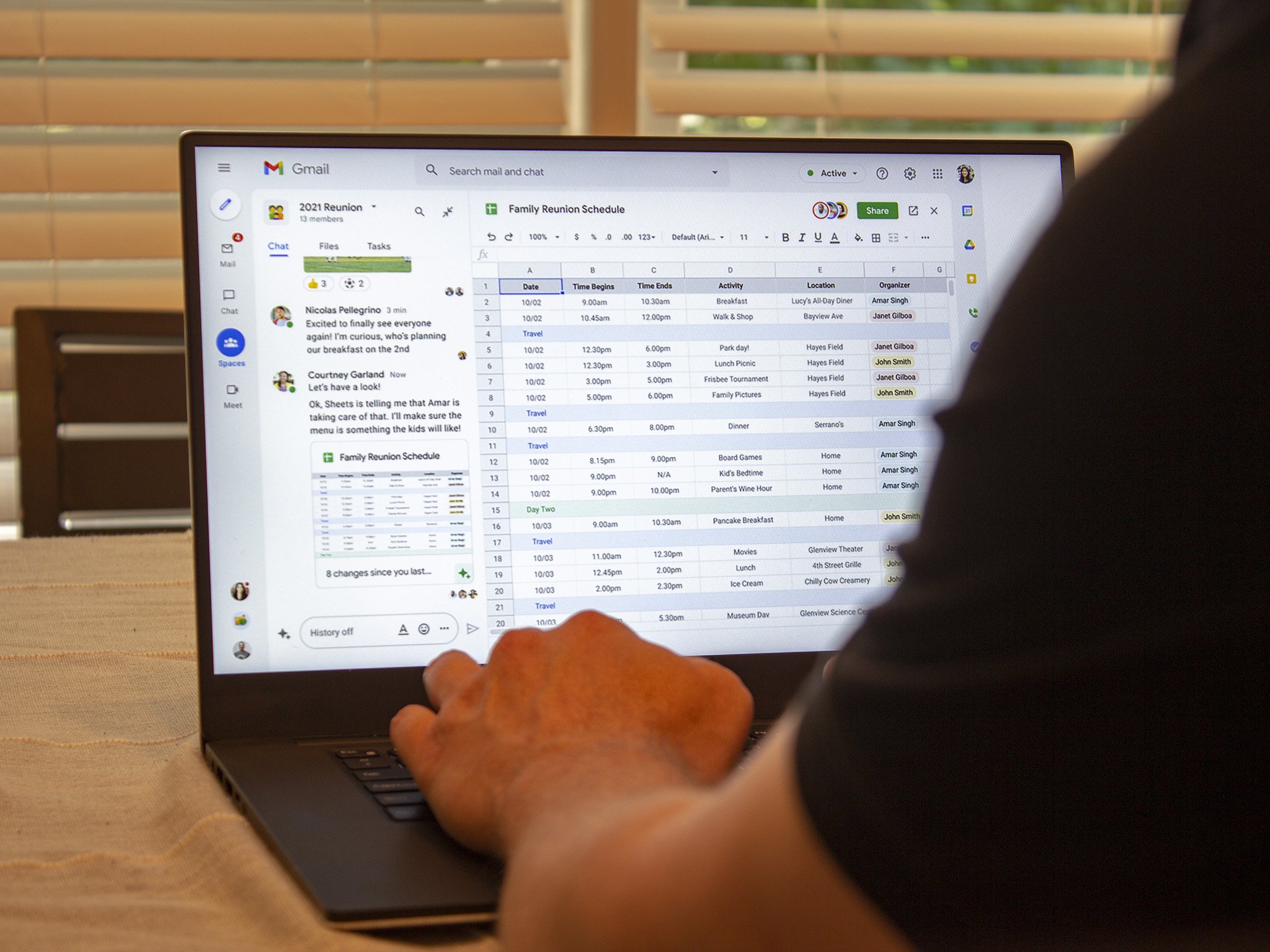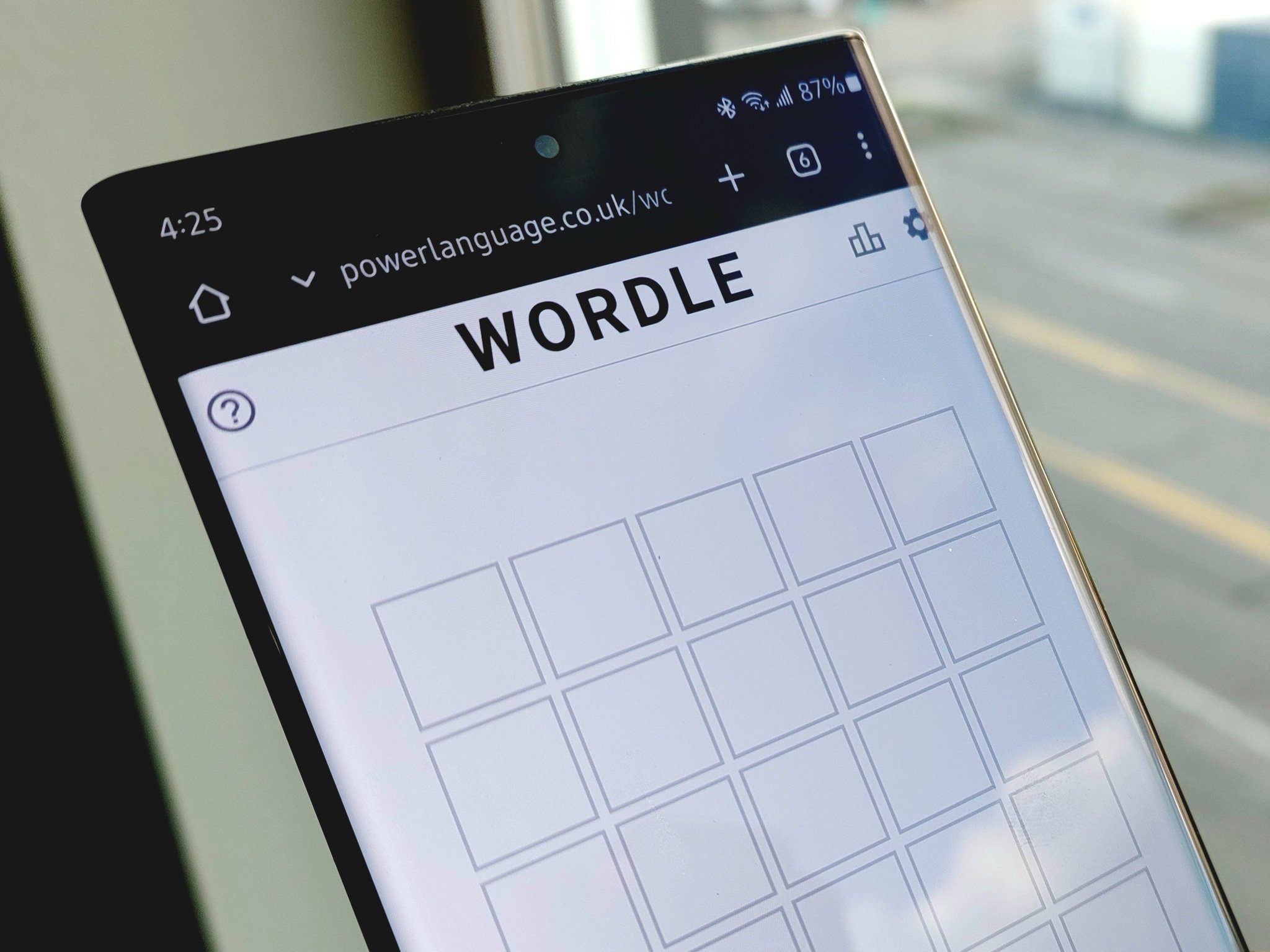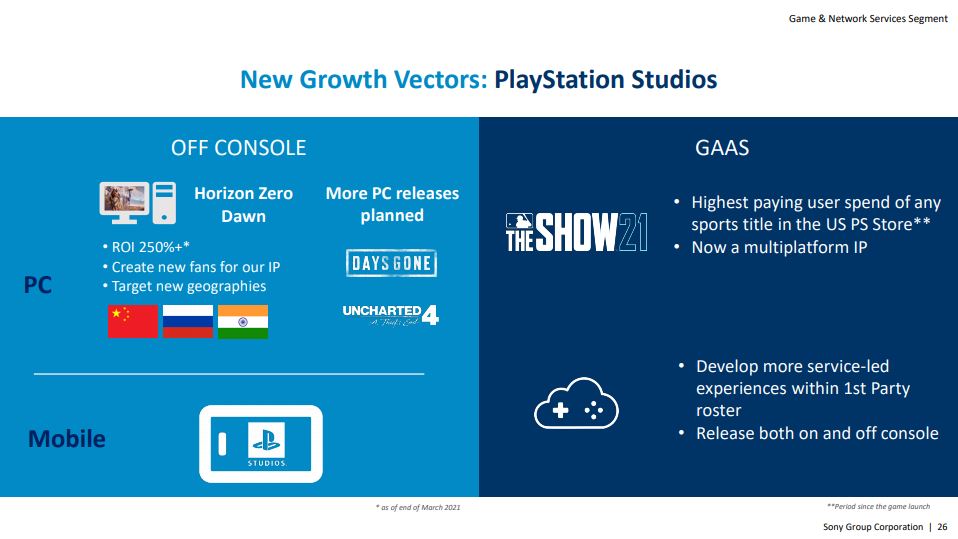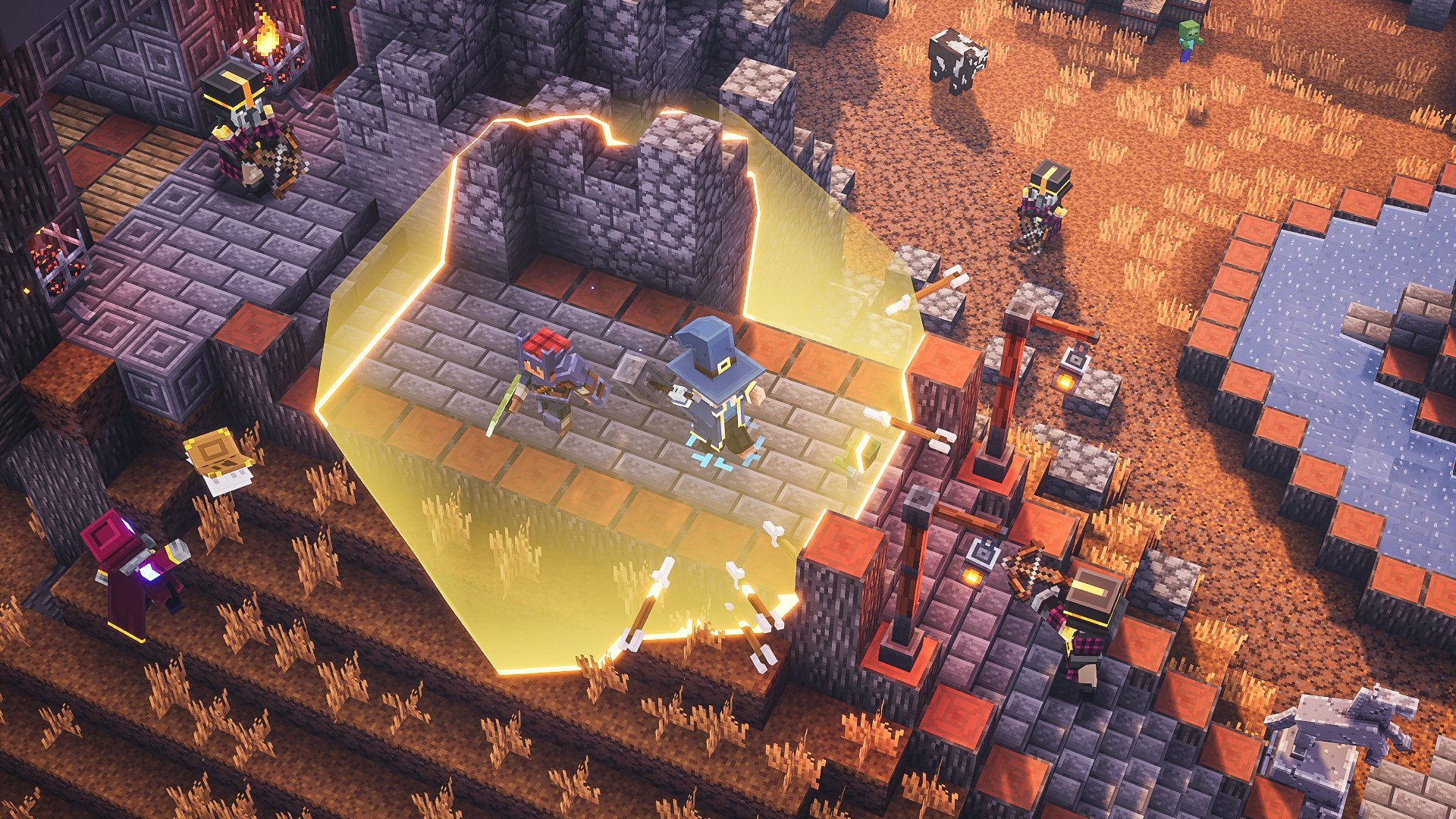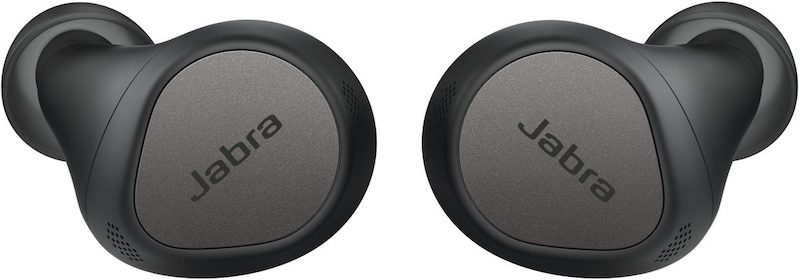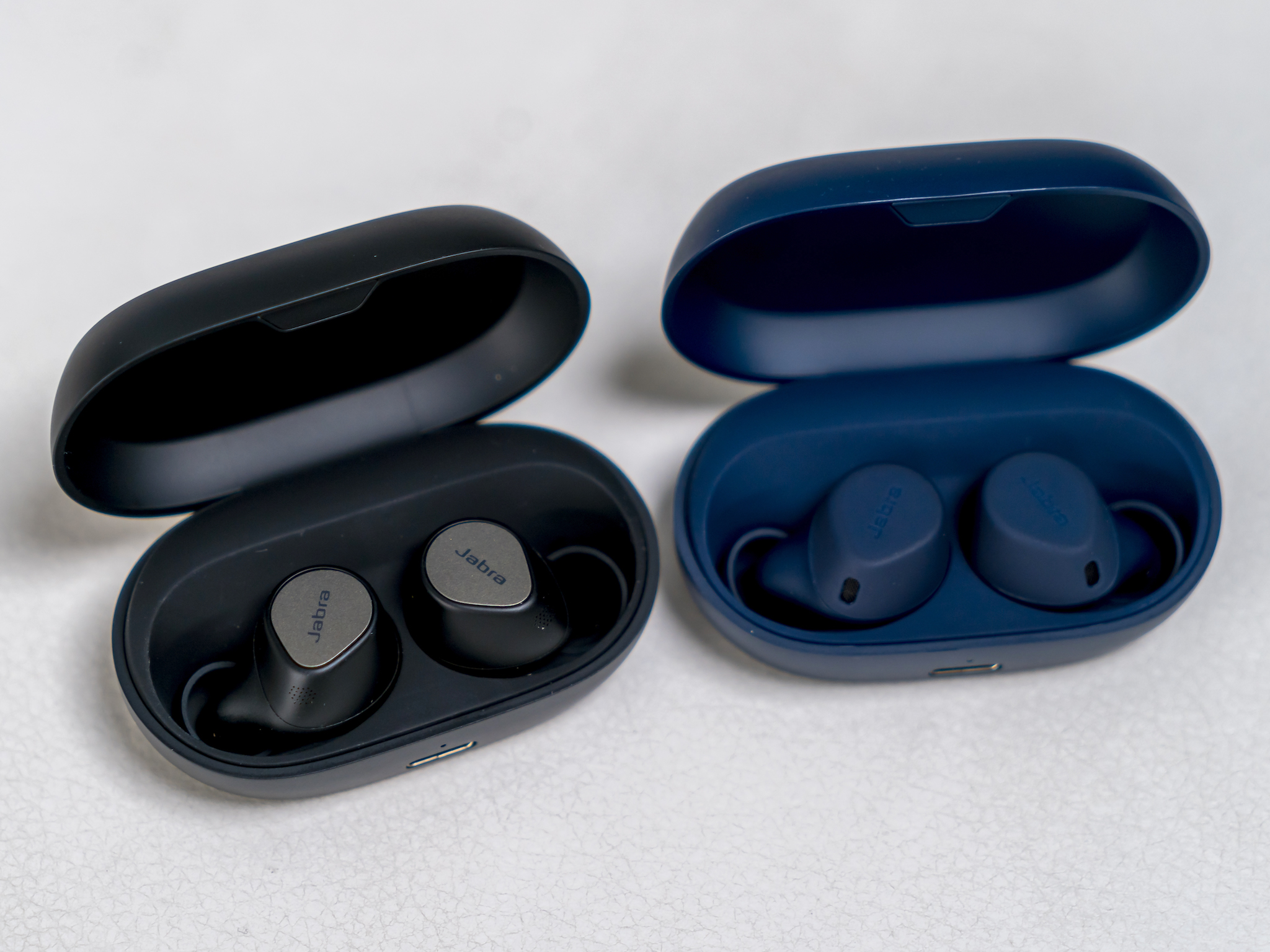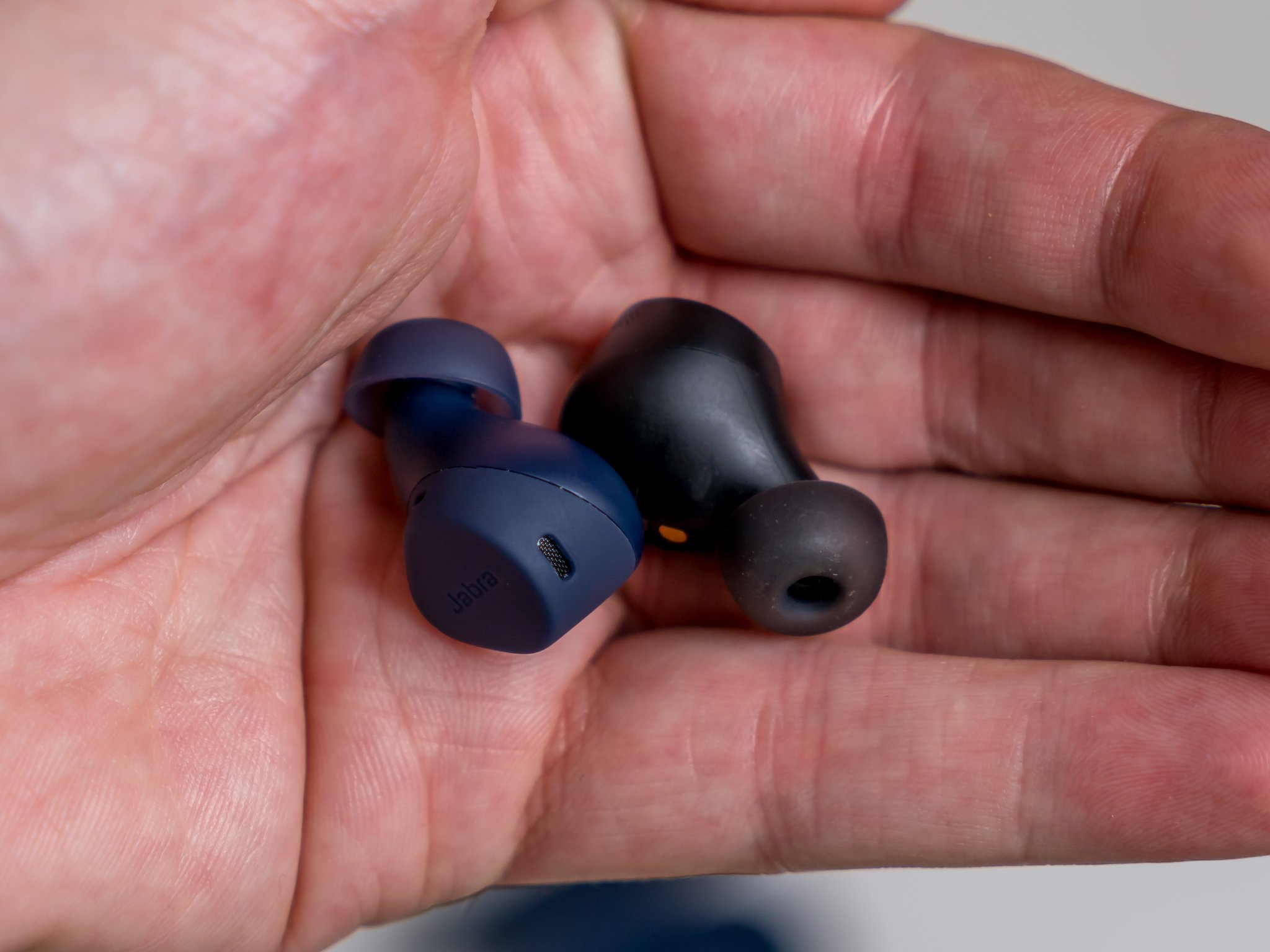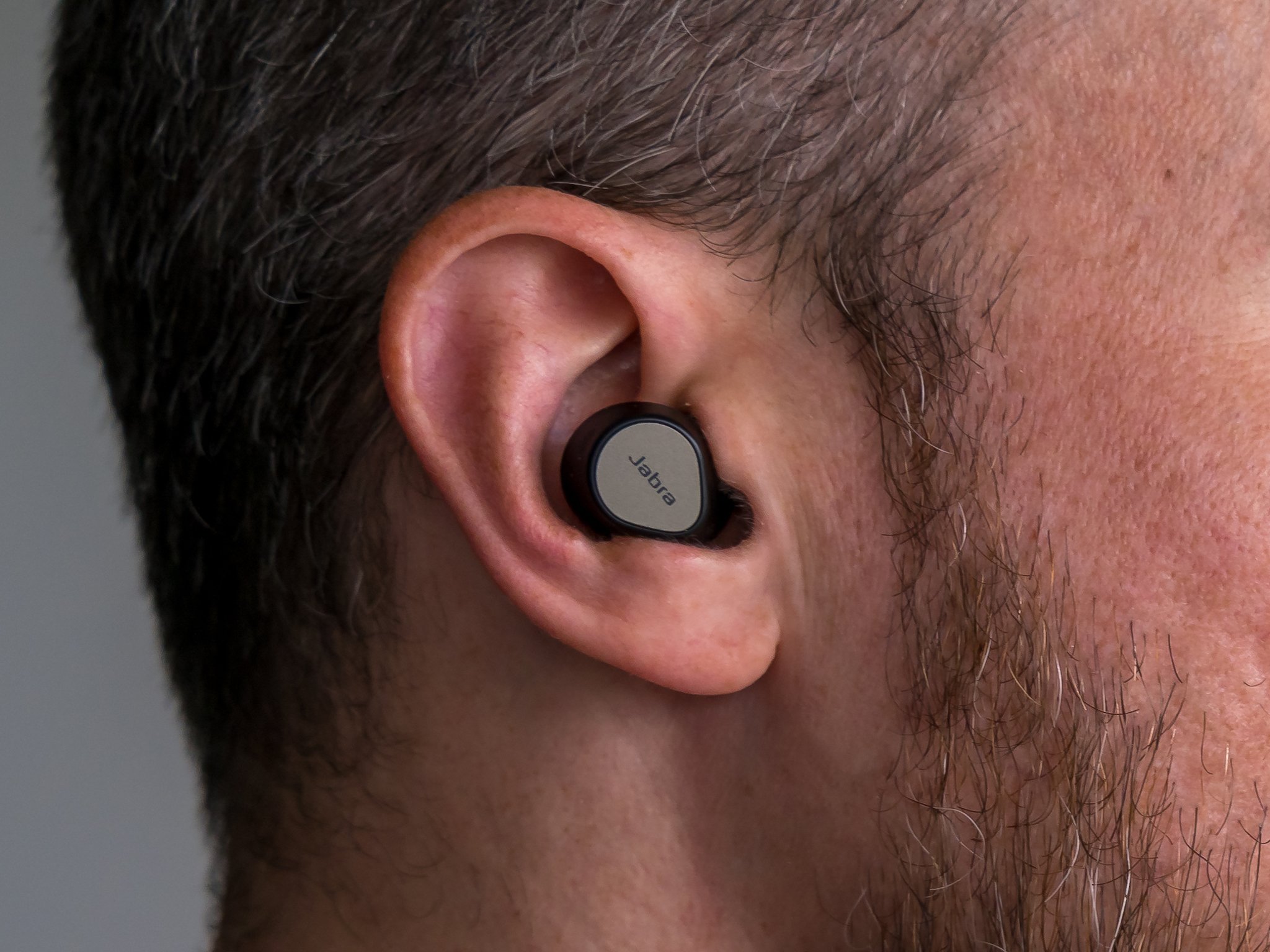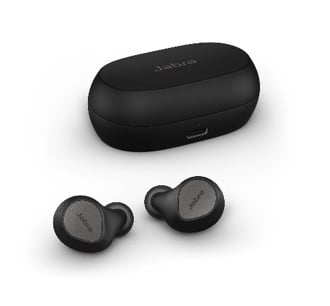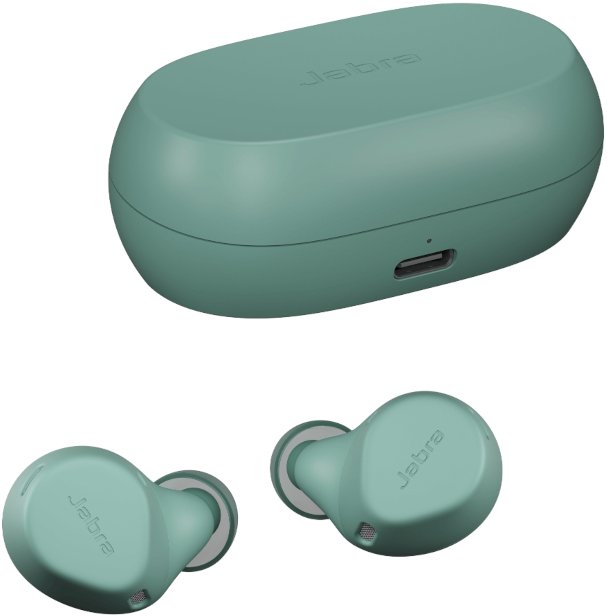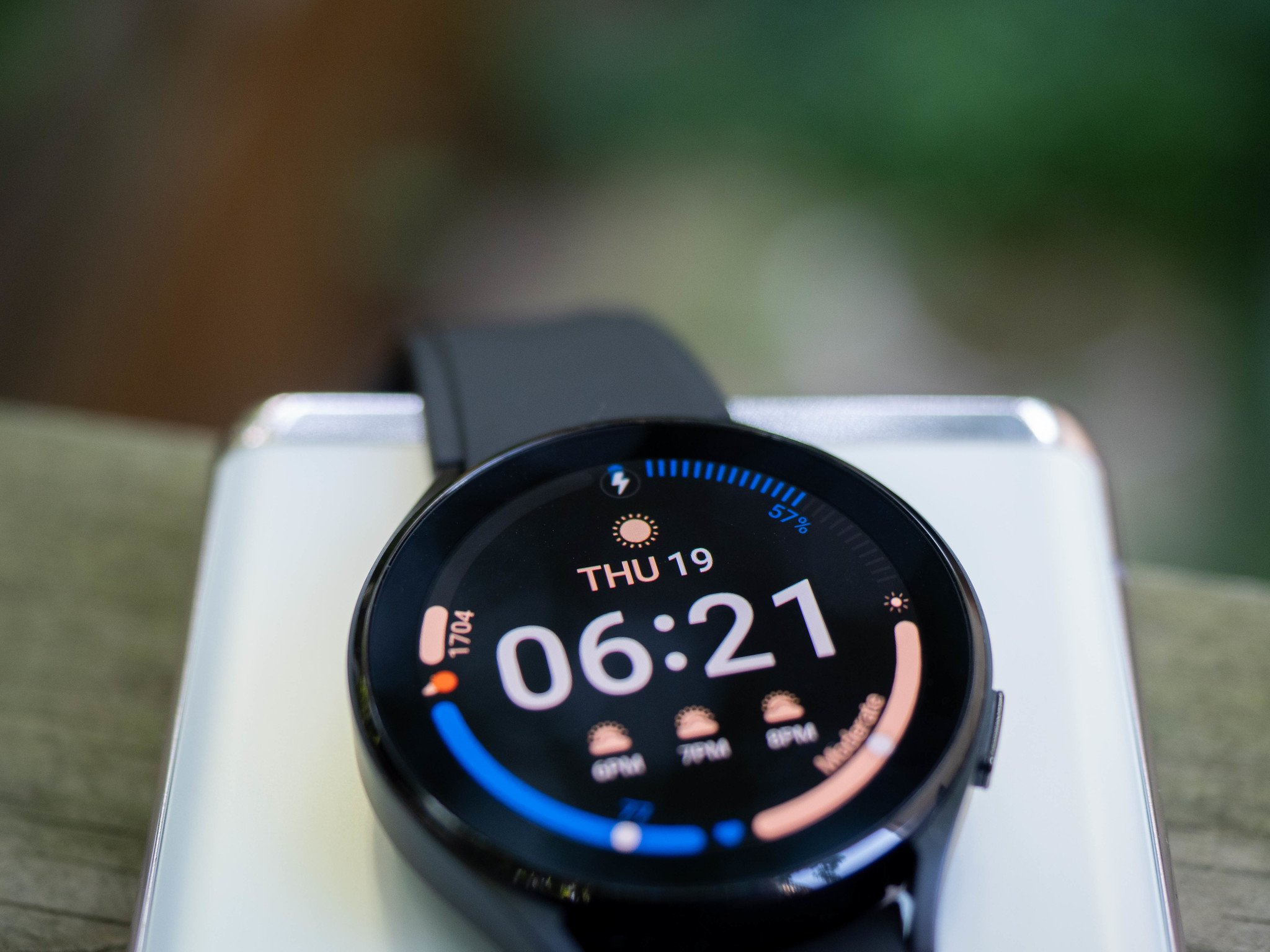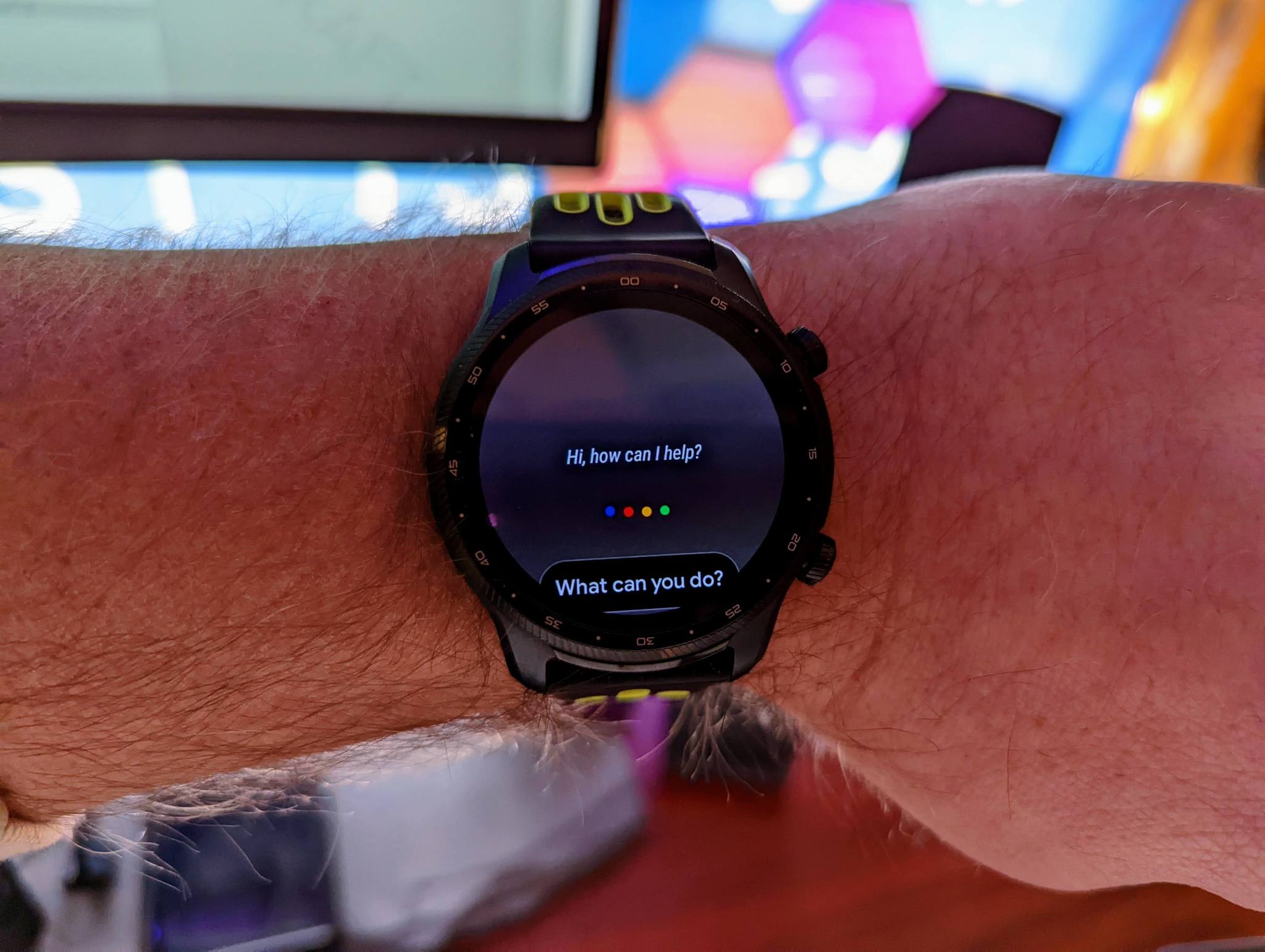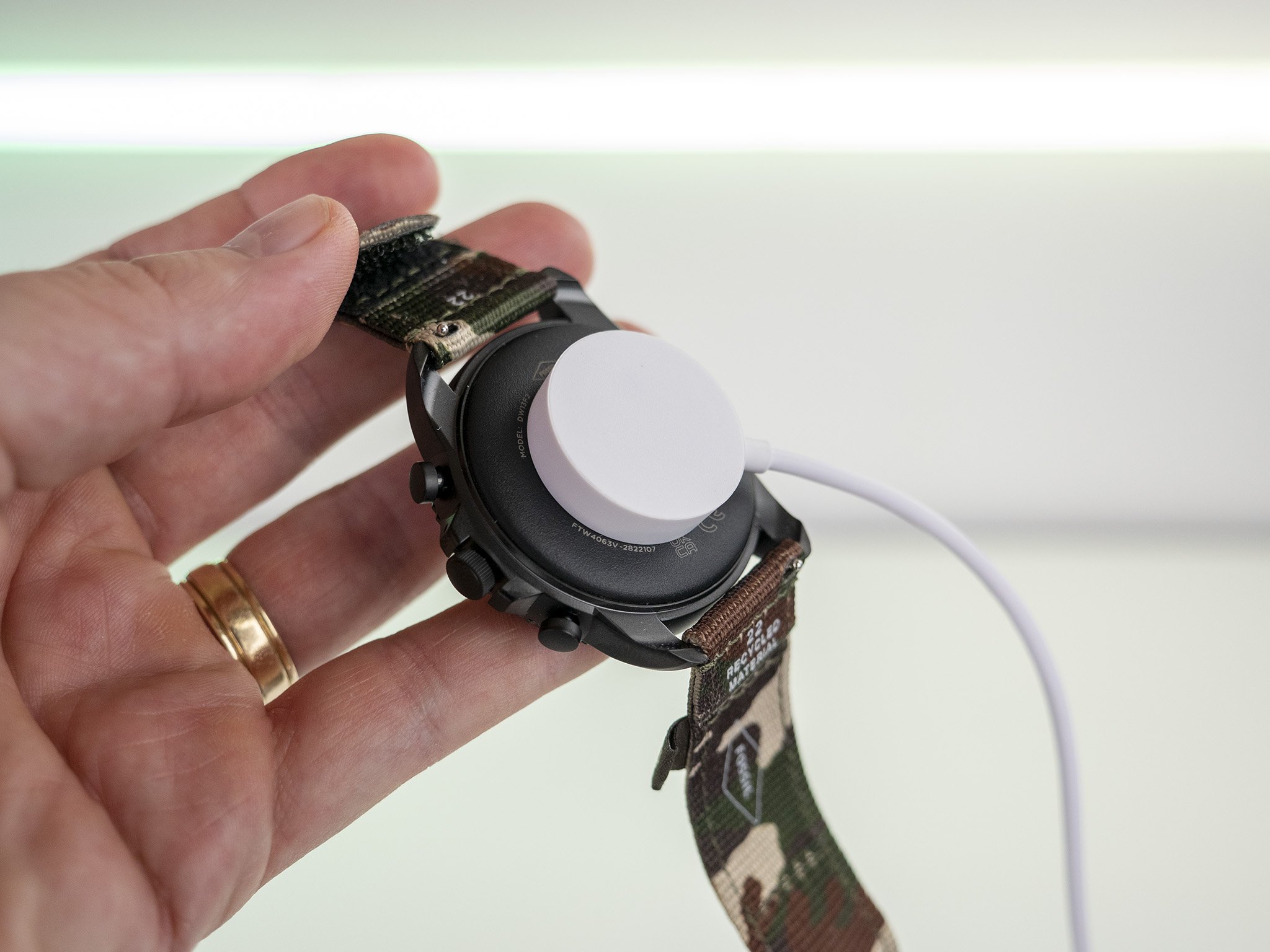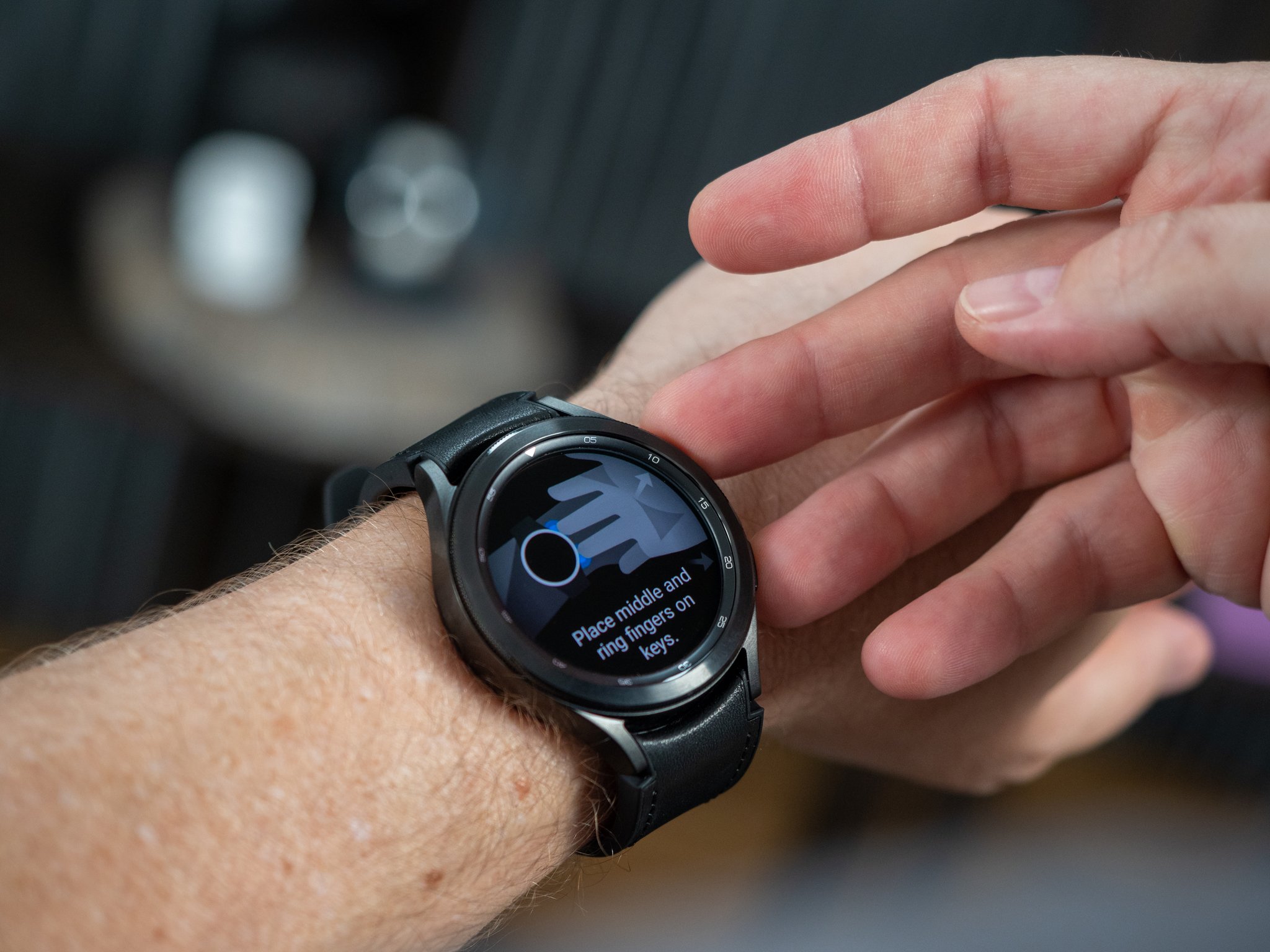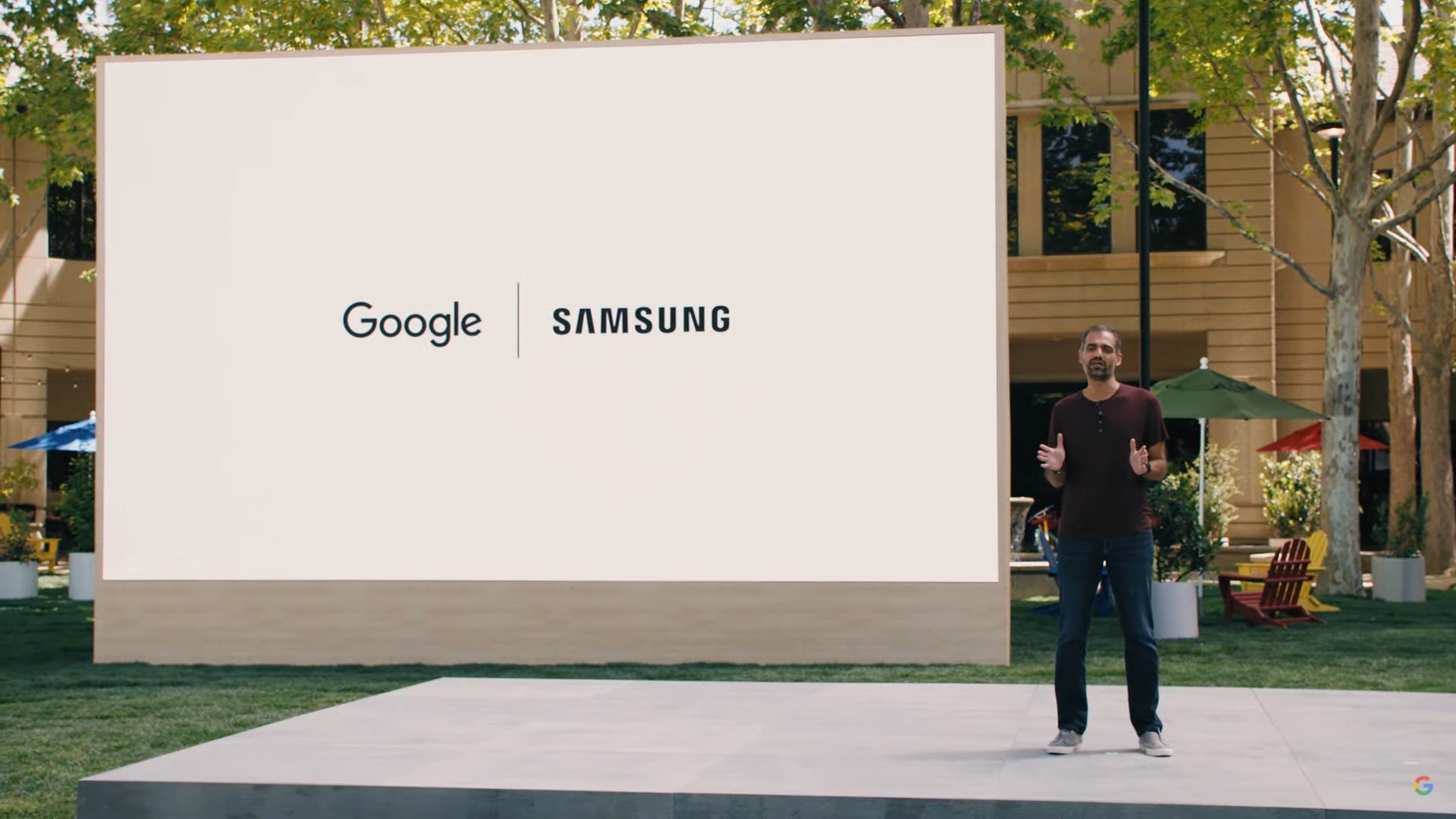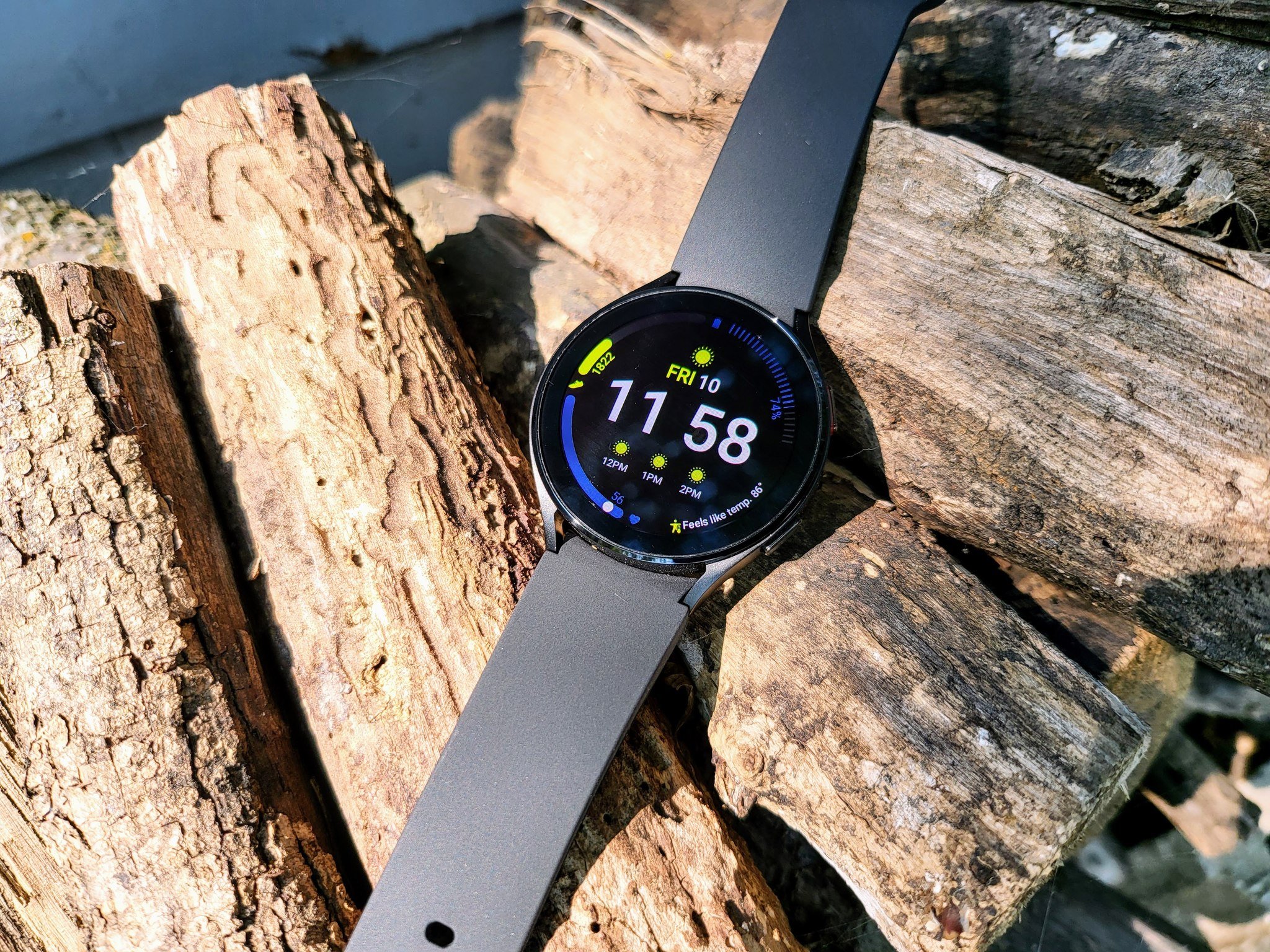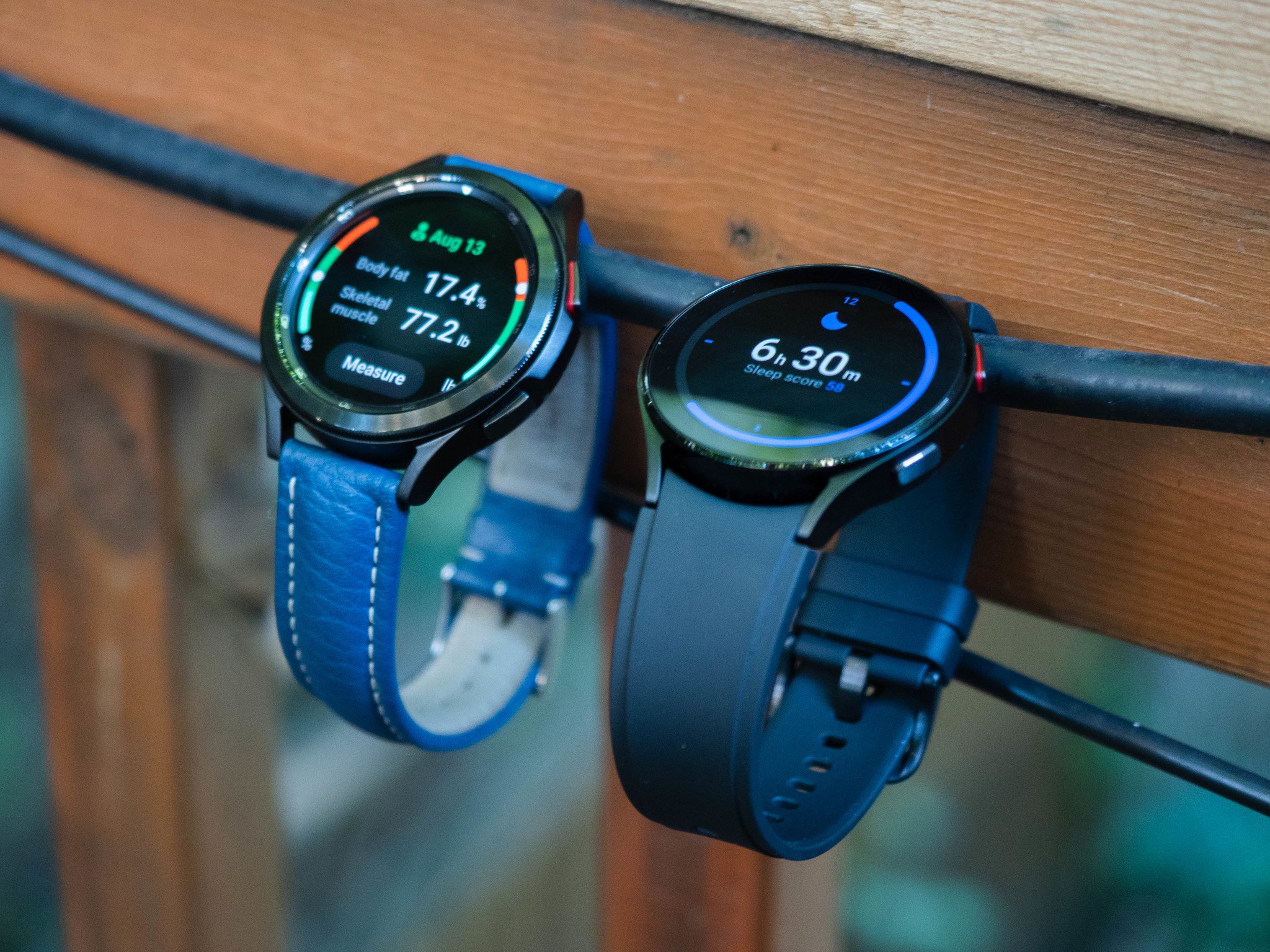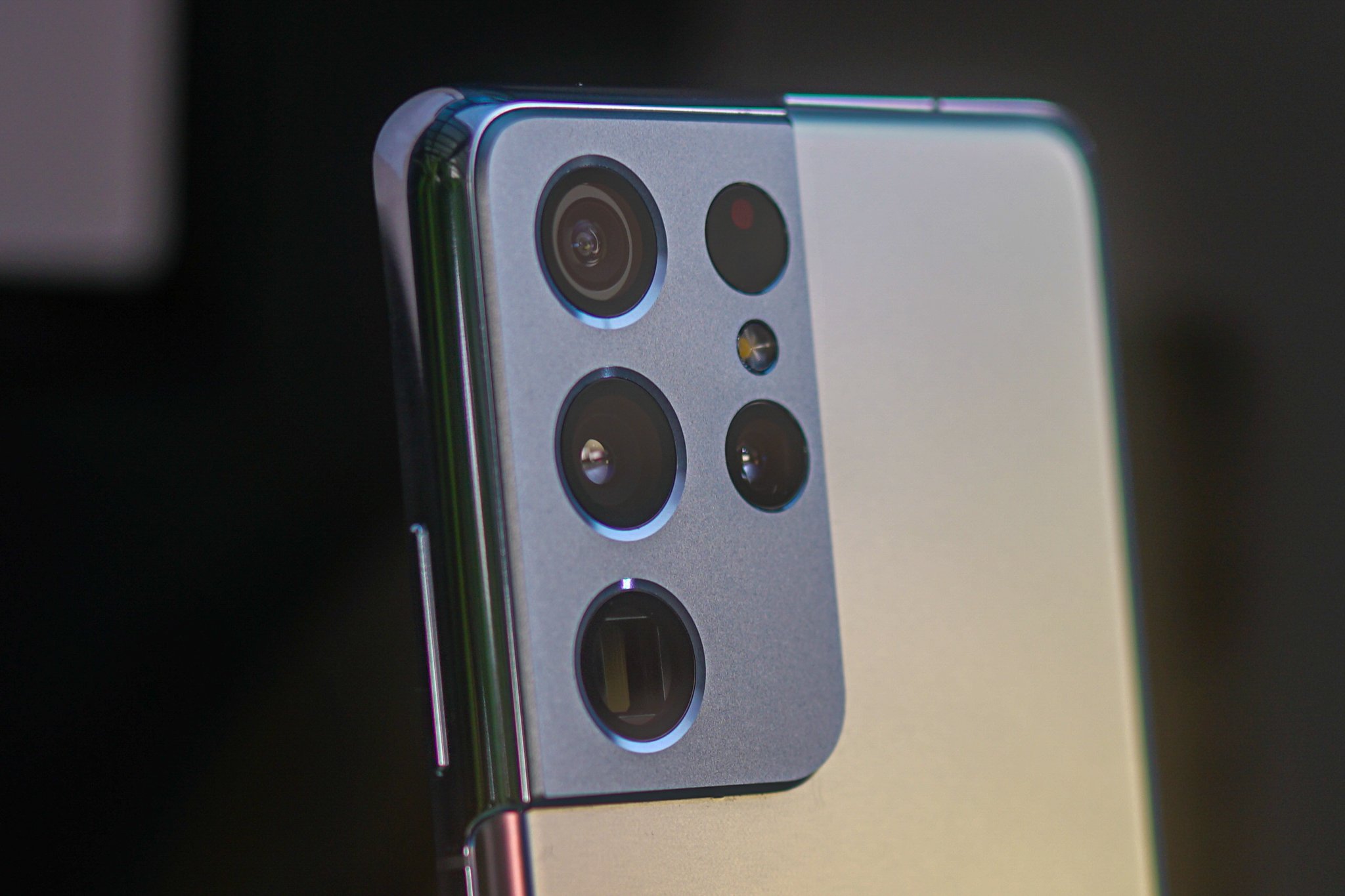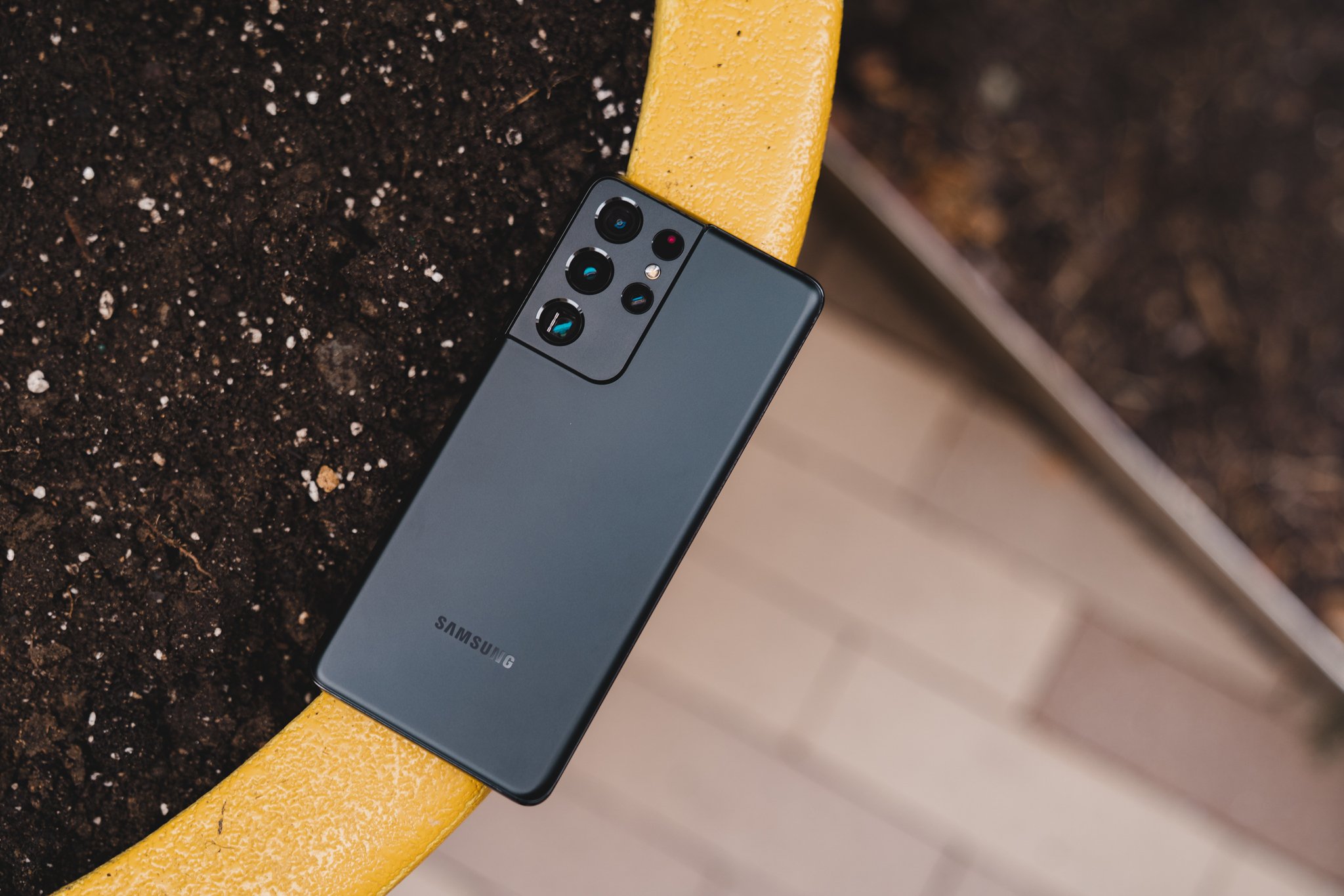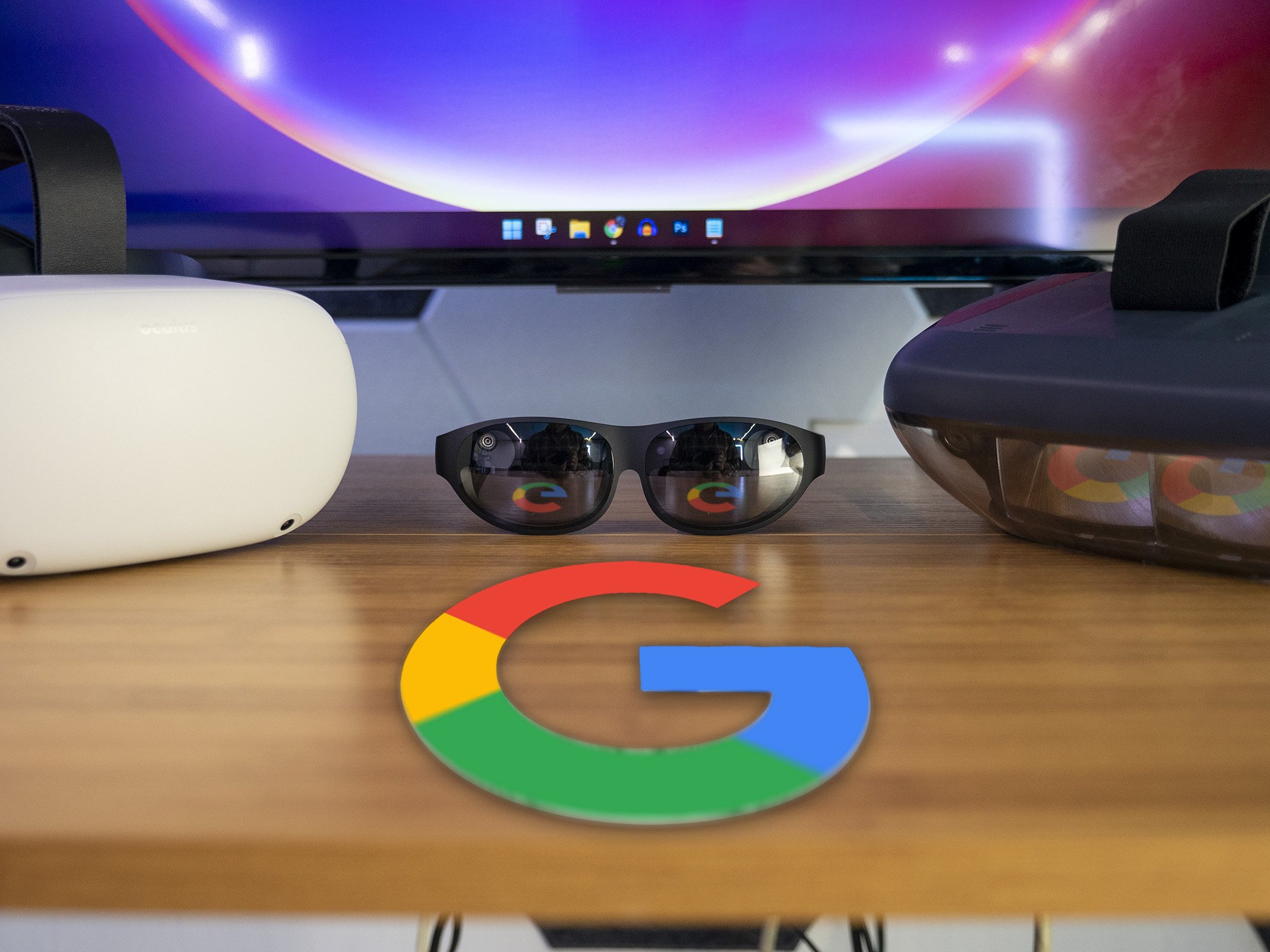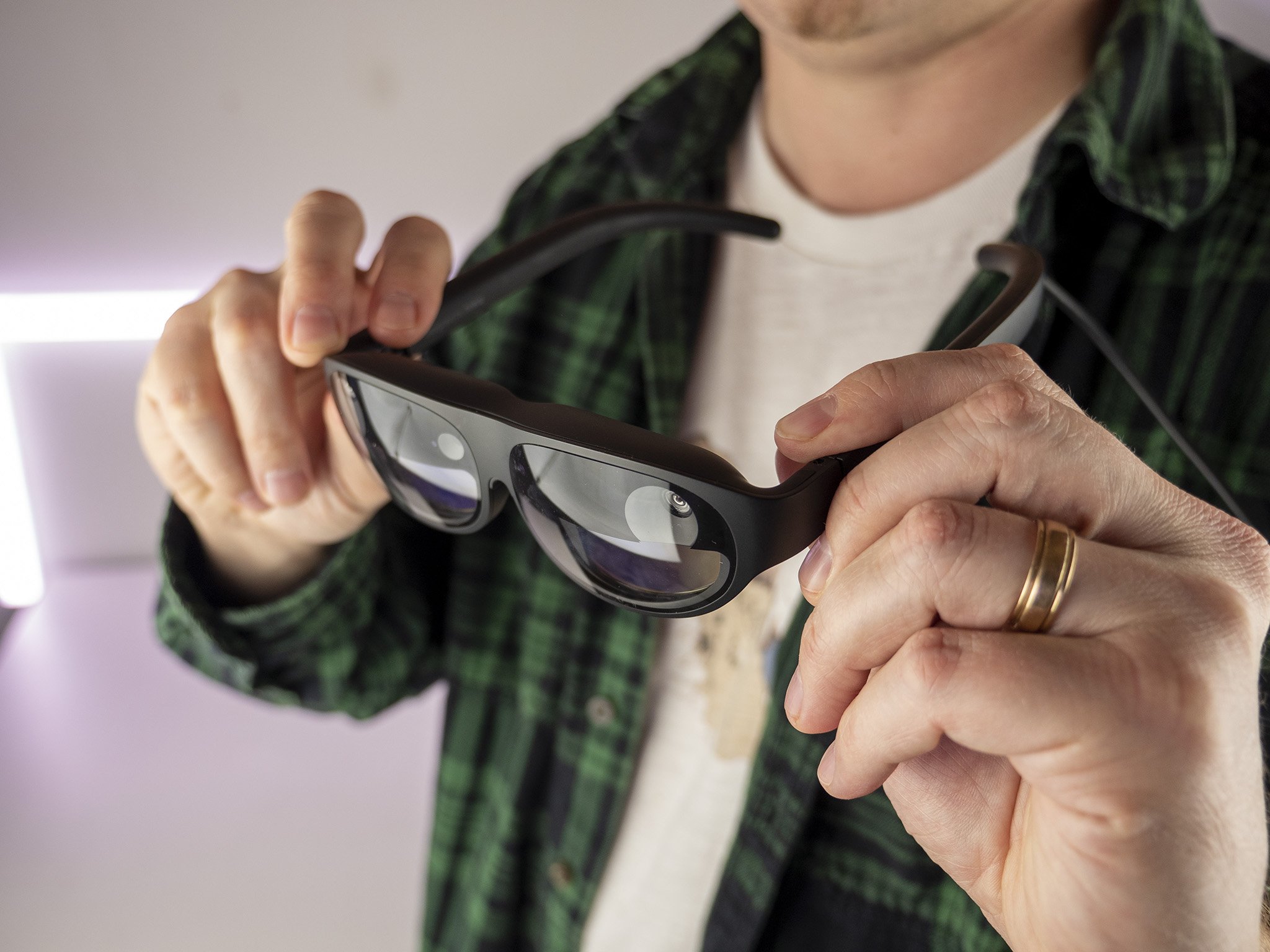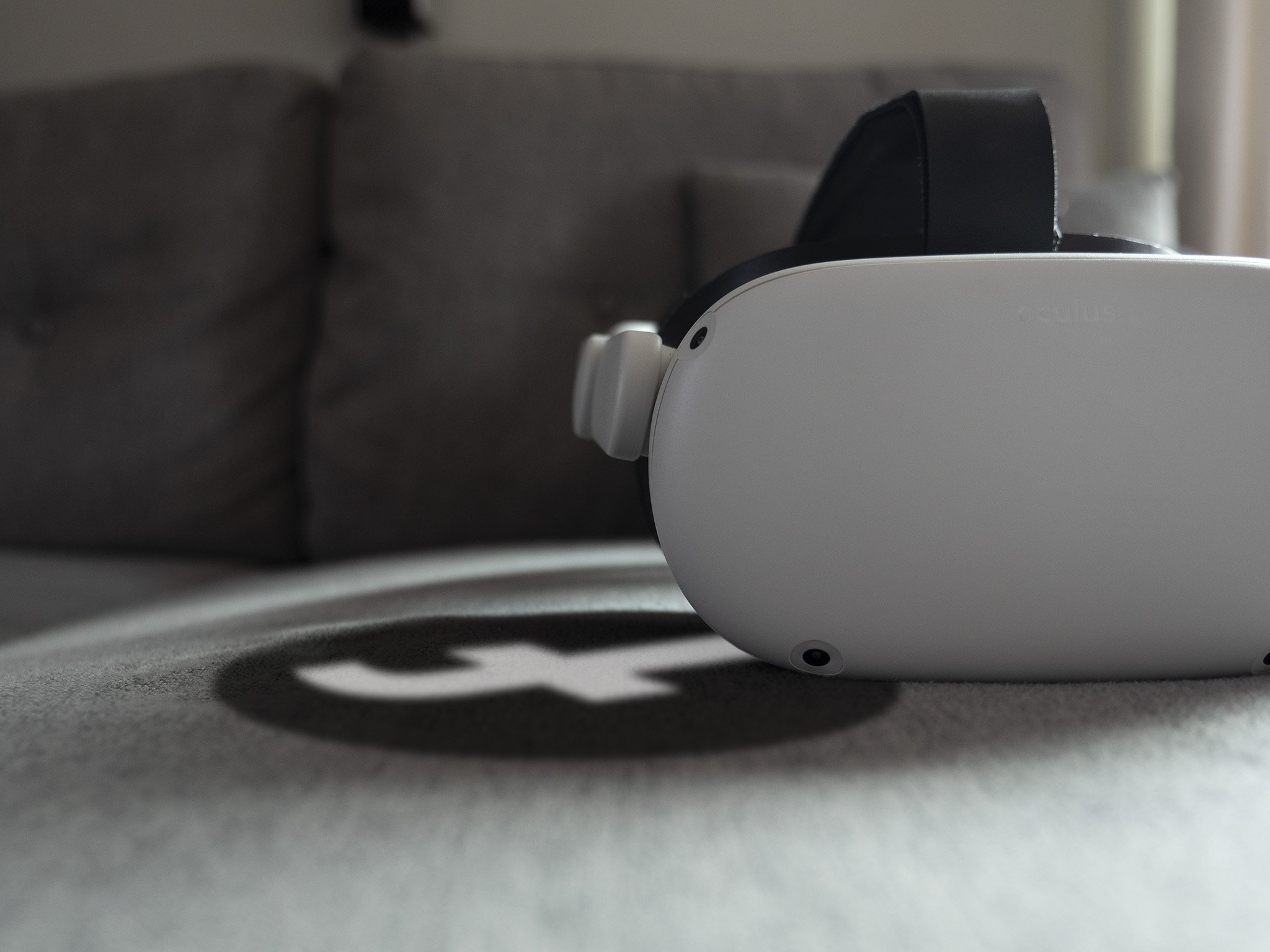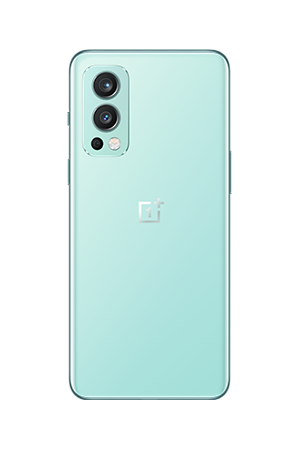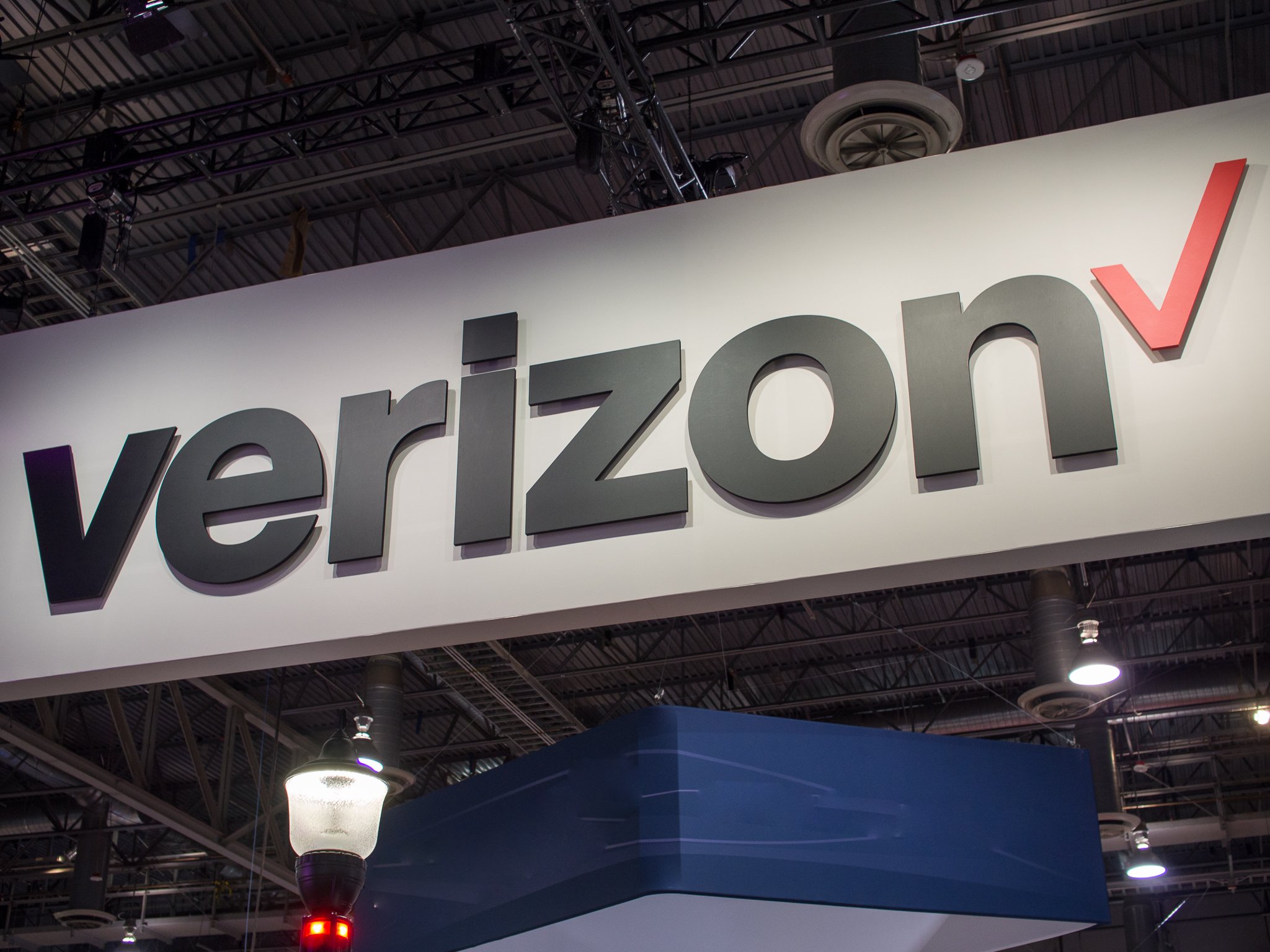
Welcome to our guide to the best Verizon cell phone plans available to buy right now. We've spent time comparing the various offers available from Verizon today and can tell you what you'll get across a range of budgets. If you're looking to pick up multiple lines you'll get discounts on each line, whereas prices are highest for those of you looking for a single line.
If you're looking to check out alternative options, then be sure to check out our wider best cell phone plan guide. Verizon is massively popular though, especially with its nationwide 5G network that's now available in over 2,700 cities. Verizon cell phone plans offers four unique unlimited plans to choose from, as well as several prepaid options. Play More Unlimited, will give you an exceptional experience. With this plan, you'll have access to Verizon's 5G network, 50GB of premium data, 15GB hotspot data, as well as some serious entertainment perks. Here are some of the best Verizon plans to consider right now.
Best overall: Play More Unlimited
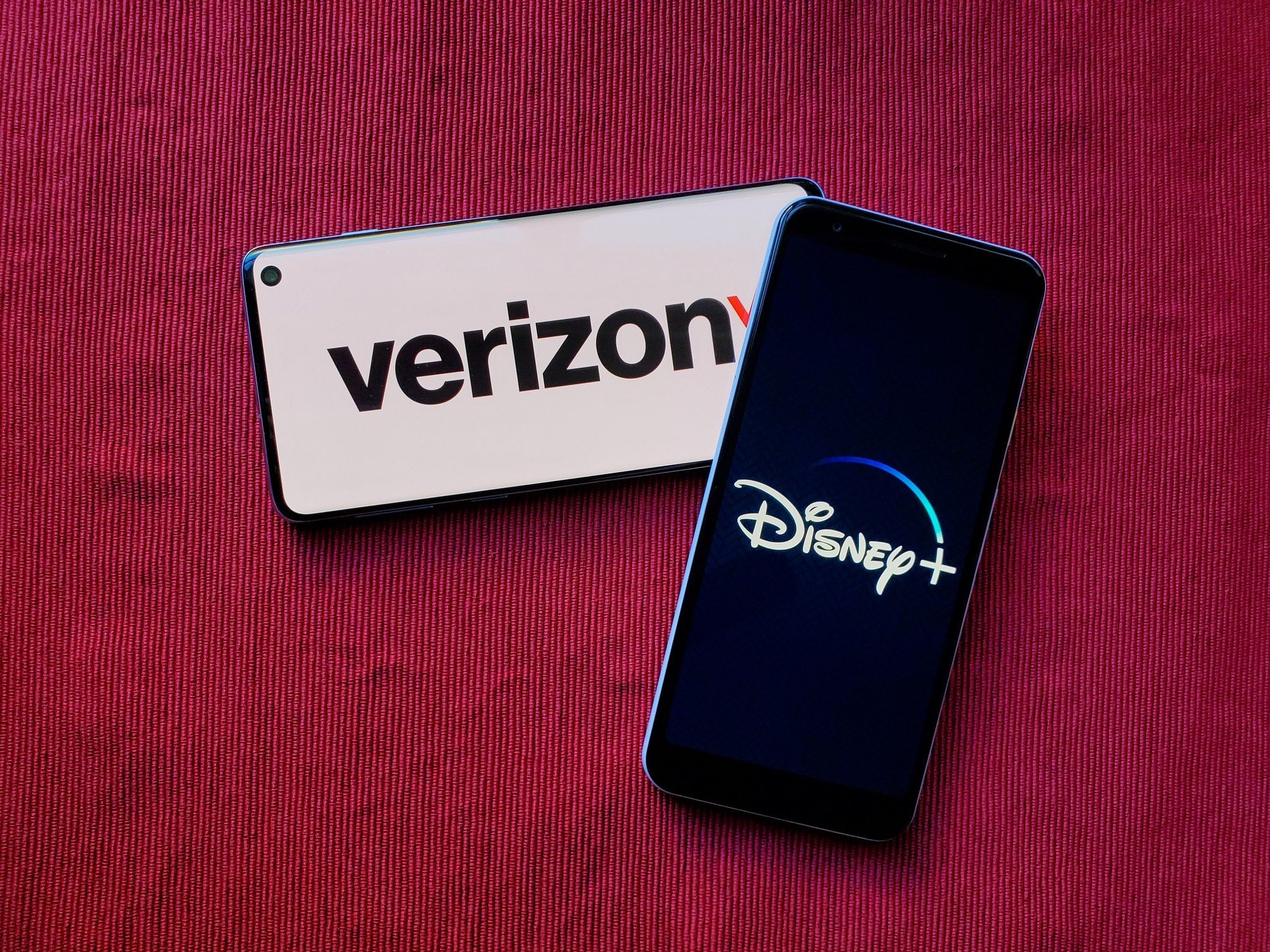
Verizon's Play More Unlimited plan is like the more expensive Get More Unlimited plan but at a slightly lower cost, making it the perfect Verizon plan. It's a great option if you're looking for a new 5G cell phone plan or even a family plan because the plan comes with a ton of entertainment perks along with HD streaming. For instance, you'll get the Disney bundle, six months of Apple Music, and a free year of discovery+, Apple Arcade, and Google Play Pass.
With this plan, you'll have all the high-speed data in the world, including 50GB of premium data, as well as access to Verizon's 5G Ultra-Wideband and 5G Nationwide networks. Mobile hotspot access includes 15GB on Verizon's 5G Nationwide or 4G LTE network, which is a solid amount of hotspot data to last you through the month.
Play More Unlimited also has international benefits, including unlimited Mexico and Canada talk, text, data, and international texting. For one line on this plan, you can expect to pay $80 per month (assuming you've signed up for paper-free billing and AutoPay). For three lines, you'll pay $55 per line ($165 total), and for four lines, you'll pay $45 per line ($180).
Despite multi-line discounts, you'll still pay quite the sum if everyone in your family gets this plan. Thankfully with Verizon, you can mix and match plans, so everyone gets what they need, and there's also a Just Kids plan that'll cost you a maximum of $50 per month as long as you have one line on an Unlimited plan. The good news is that the more lines you add, the cheaper the plan gets. Parents will be grateful to manage screen time, filter content, track location, and get unlimited data (capped at 5Mbps) for their kids.
Pros:
- 5G total access
- Unlimited talk, text, and data
- 50GB premium data
- 15GB mobile hotspot (5G Nationwide/4G LTE)
- Includes entertainment perks
- HD streaming
Cons:
- Pricey for an entire family
- International features are limited
- Taxes and fees aren't included
Best overall
Play More Unlimited
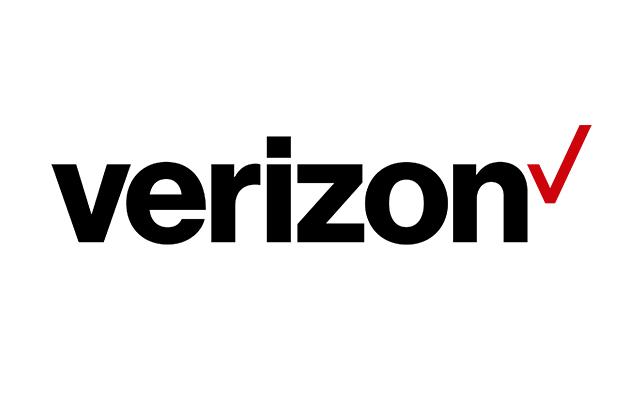
Streaming for everyone
If you like streaming and watching TV with your family, Verizon's Play More Unlimited is the best plan you can get. It comes with a bunch of entertainment perks to keep families happy, as well as 50GB of premium data, 5G total access, and 15GB mobile hotspot data.
Best data: Get More Unlimited
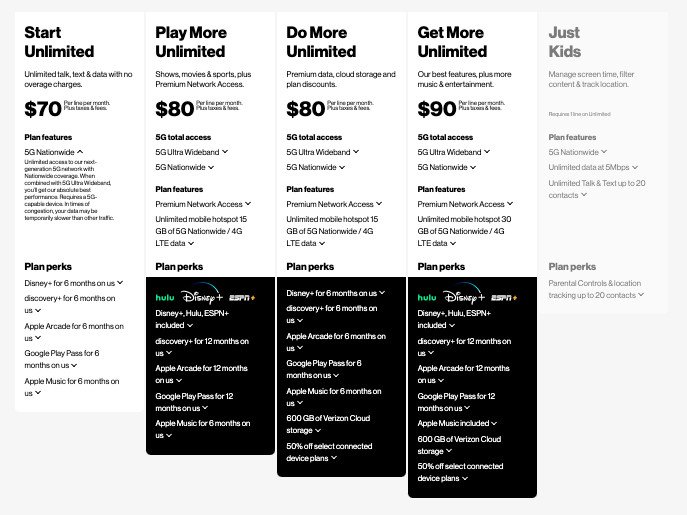
If you're looking for the most premium plan Verizon has to offer, look no further than Get More Unlimited. The number of impressive features this plan includes can almost feel overwhelming, but you won't be left wishing for more when you experience Verizon's ultimate performance. With this plan, you'll get total access to Verizon's 5G network, including 5G Ultra-Wideband (available in select cities) and its broader 5G Nationwide network. Along with unlimited talk, text, and data, you'll have 50GB of premium data, meaning that you likely won't see your data speeds slow down anytime soon.
This plan includes a generous 30GB of high-speed mobile hotspot data on Verizon's 5G Nationwide and 4G LTE network (the most of any plan), allowing you to use your smartphone as a hotspot and work or be entertained even when WiFi isn't an option. But once you've reached 30GB, data speeds will slow to 600Kbps for the remainder of the month.
When it comes to international features, Verizon includes unlimited texting from the U.S. to 200+ countries. You're also able to talk, text, and use unlimited data when traveling in Mexico and Canada, but if you plan on going anywhere else, you'll need to buy a TravelPass to be able to use your phone. Where this plan's perks really shine, though, is when it comes to entertainment. Verizon's Get More Unlimited plan comes with HD streaming, and to go along with that, a subscription to the Disney bundle (Disney+, Hulu, and ESPN+) that everyone on your account can use. You'll also get Apple Music included along with a free year of discovery+, Apple Arcade, and Google Play Pass. Top that off with 600GB of Verizon Cloud storage and discounts on other connected device plans.
The main drawback of this plan is its price, which is higher than what you would get from T-Mobile or AT&T's top plans. For one line with Get More Unlimited, your monthly bill will be $90, and that includes a $10 per month AutoPay and paper-free billing discount. For three lines, you'll pay $65 per line ($195 total), and for four lines, you'll pay $55 per line ($220 total). Though there's a multi-line discount, it's not a plan that everyone needs. But if you're someone who consumes data like water, watches a lot of high-quality videos, frequently uses their smartphone as a hotspot, and wants the very best coverage, then you just can't find a better plan with Verizon.
Pros:
- 5G total access
- 50GB premium data
- 30GB mobile hotspot (5G Nationwide)
- Entertainment perks
- HD streaming
Cons:
- Expensive
- International features are limited
- Taxes and fees aren't included
Best data
Get More Unlimited

Not your average cell phone plan
Verizon's Get More Unlimited plan comes with more perks than you can count on one hand. Not only will you get access to Verizon's entire 5G network, but you'll have 50GB of premium data, at least 30GB of hotspot data, HD streaming, and subscriptions to the Disney bundle, Apple Music, and more.
Best MVNO: Visible

Not interested in signing a contract and eager to avoid hidden fees? Verizon-owned Visible is one of the best MVNO carriers you can get. For only $40 a month, you'll get Verizon's 5G and 4G LTE coverage, as well as unlimited data, calling, and texting. It's a fantastic offer at an almost unbeatable price. Visible's plan even throws in unlimited mobile hotspot data, which is extremely convenient if you like to use your smartphone as a hotspot when WiFi is shaky, or you're not at home. Though hotspot speeds are capped at 5Mbps, you should be able to stream SD videos, listen to music, and do your regular browsing.
Where Visible falls short is international use. You're able to call Canada, Mexico, Puerto Rico, and the U.S. Virgin Islands, but sadly your phone just won't work abroad. There's also no domestic roaming with Visible, so be sure that you get great coverage before joining. It's a plan that's perfect for someone who consumers a lot of high-speed data and doesn't plan on traveling much. It's also great for anyone who doesn't care that Visible's customer service is online only.
If Visible sounds as great to you as it really is, then "Party Pay" is something to consider if you want to reduce your monthly bill. By starting a "party" with four people, your monthly cost will come down to only $25 per month. Fortunately, everyone pays their bill separately, so this is an amazing option for friends, roommates, and families. And if you're not satisfied, Visible promises that you can cancel anytime. It's that simple.
Pros:
- Verizon's 4G LTE and 5G coverage
- Affordable
- Unlimited data, calling, texting, and hotspot
- Party pay savings
- No contracts or hidden fees
Cons:
- Mobile hotspot speed capped at 5Mbps
- SD streaming
- Limited international features
- Customer service only online
- Data slowed in times of congestion
Best MVNO
Visible

Simplicity is bliss
Visible is a breath of fresh air that makes phone plans feel easy. With no contracts or hidden fees, you'll get unlimited data, calling, texting, and mobile hotspot (capped at 5Mbps) for $40 per month. Though you won't get much international use with a Visible plan, you'll get great access to Verizon's massive 4G LTE and 5G network.
Best budget: Single Basic Phone
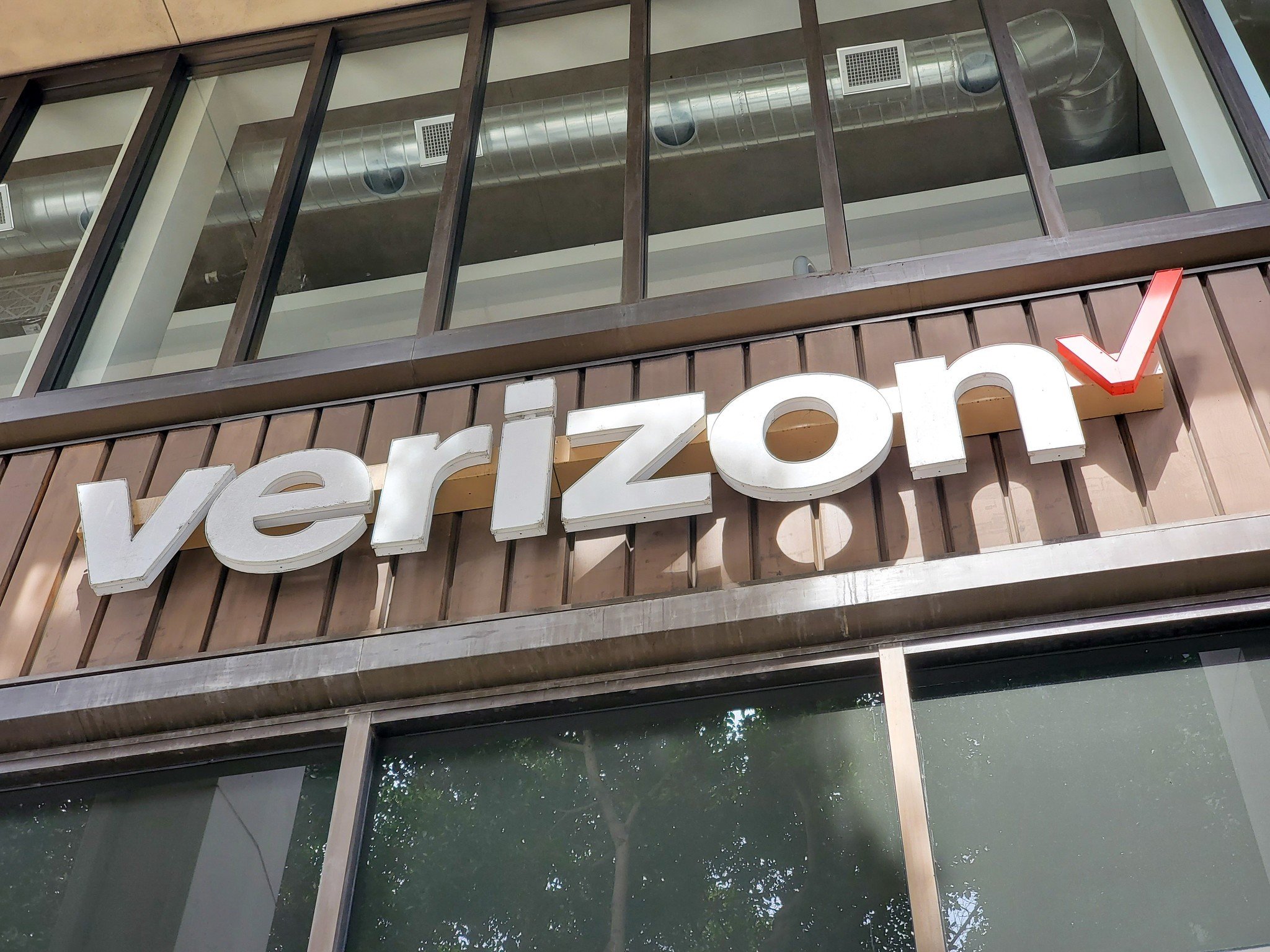
Verizon's Single Basic Phone plan is as basic as can be. If you're someone who relies on WiFi most of the time and rarely uses data, then this plan is worth considering. For only $30 per month, it's extremely affordable, and you'll get 500MB of data along with unlimited talk and text as well as unlimited international messaging from the U.S. However, taxes and fees aren't included, so sadly, your monthly bill will be more than $30.
If you happen to use more than 500MB of data in a month, you'll be charged an extra $5 for every additional 500MB you use. It's a great plan for someone who only uses their data to shoot a few WhatsApp messages or Google something. But if you like to stream YouTube videos during your morning commute, this is absolutely not the plan for you. You're better off going with Verizon's MVNO Visible, which offers unlimited data for just $10 more.
Pros:
- Very affordable
- 500MB of data
- Unlimited talk and text
- Unlimited international messaging
Cons:
- Price doesn't include taxes and fees
- Not enough data for most people
- Limited perks
Best budget
Single Basic Phone

Back to basics
Verizon's Single Basic Phone plan is ideal for someone who only needs one line and doesn't need much data. For only $30 per month, it's a highly affordable plan that will give you the essentials: 500MB of data, unlimited talk and text, unlimited international messaging, and light browsing.
Best prepaid: Prepaid Unlimited Plus
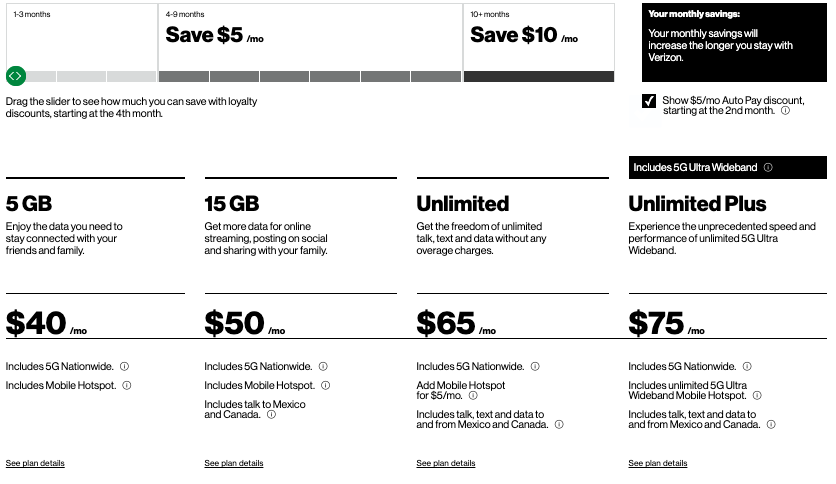
If you prefer to go prepaid, then Verizon's Prepaid Unlimited plan is the best one to get. You'll get 5G total access (5G Ultra-Wideband and 5G Nationwide), unlimited calling and texting, as well as discounts to help bring the price down—including a loyalty discount of $5 per month that kicks in after three months of service (and increases after nine) and an AutoPay discount of $5 per month. It's an especially great plan if you're in a 5G Ultra Wideband coverage area since you'll be able to stream in 4K UHD, and you'll get unlimited 5G Ultra Wideband mobile hotspot data—yes, that's right, unlimited.
When you're not in a 5G Ultra Wideband coverage area, you'll still get 10GB of mobile hotspot data on Verizon's 5G Nationwide and 4G LTE networks. After you've used up that amount, speeds will slow to 600Kbps for the rest of the month. You'll also get SD streaming, and when it comes to international use, you'll have unlimited calls, texts, and data when traveling in Mexico, Canada, Puerto Rico, and the U.S. Virgin Islands, as well as unlimited text to 200 international destinations.
Prepaid plans let you save some money, but luckily you'll have the same Verizon coverage as everyone else who's paying more. For one line on this plan, you can expect to pay $70 per month (including the AutoPay discount), and the price will continue dropping until it reaches $60 per month (after 10-plus months) and includes all discounts.
Pros:
- 5G total access
- Loyalty and AutoPay discounts
- Unlimited mobile hotspot (5G Ultra Wideband)
- 10GB mobile hotspot data (5G Nationwide and 4G LTE)
- International perks
Cons:
- No multi-line discounts
- No entertainment perks
- Doesn't include premium data
Best prepaid
Prepaid Unlimited Plus

When prepaid plans pay off
Verizon's Prepaid Unlimited plan comes with its own set of perks, even if you won't get a subscription to the Disney bundle or premium data. You'll get access to its entire 5G network, unlimited mobile hotspot with 5G Ultra-Wideband, and a bunch of discounts that will bring your monthly bill down.
Best value: Start Unlimited
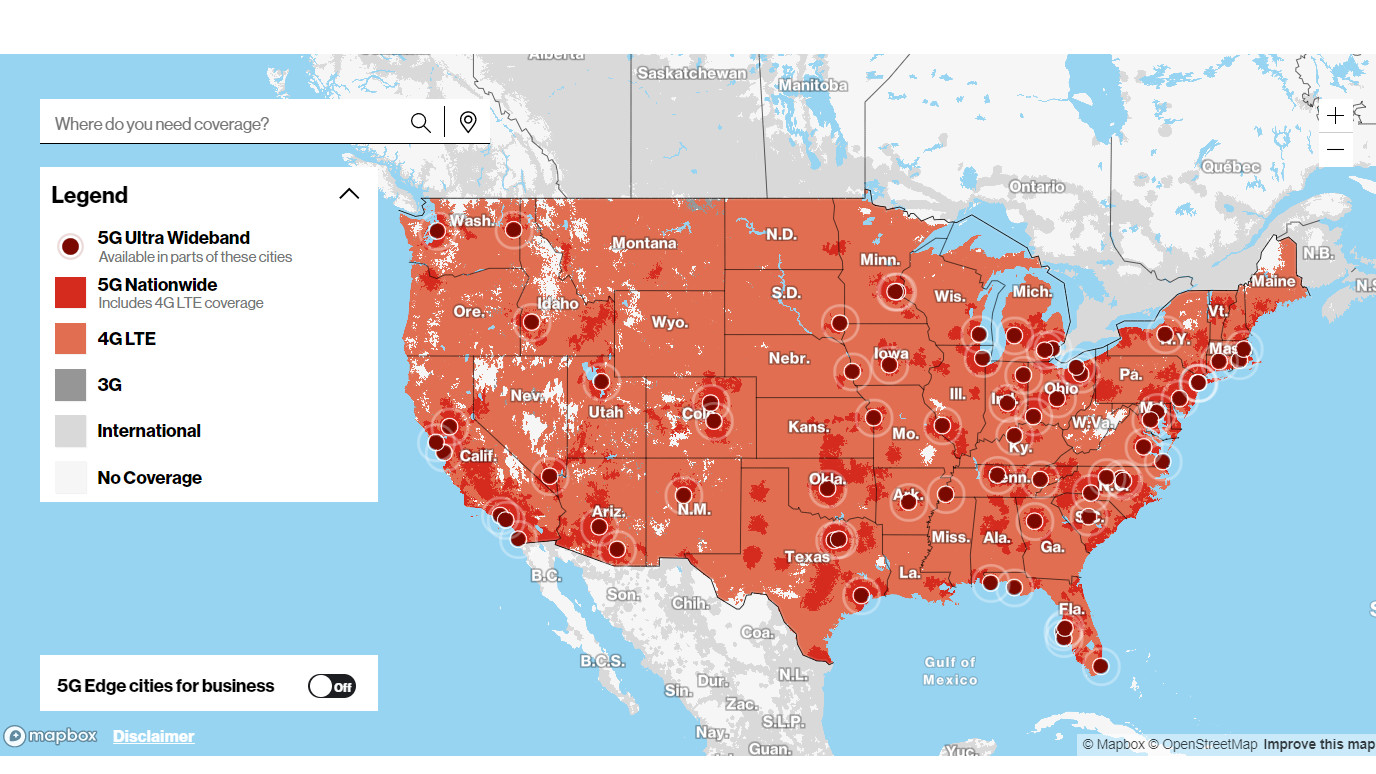
Not sure where to start when it comes to cell phone plans? Start Unlimited. This is one of Verizon's most straightforward unlimited plans. It may not come with premium data but will give you everything that you need. This means 5G Nationwide and 4G LTE unlimited data, text, and talk. If you want access to 5G Ultra-Wideband (Verizon's fastest 5G network), you can pay $10 extra per month, but most people will be happy with what the plan already offers. You'll get a lot of the same features with this plan as you would with other core Verizon plans, making it a perfect choice for someone who really just wants unlimited data at a better price.
With Start Unlimited, you'll still get international benefits, including talk, text, and data in Mexico and Canada and international texting. You'll even get many entertainment perks that Verizon's more expensive plans offer, such as six months for free with Disney+, Apple Music, discovery+, Apple Arcade, and Google Play Pass. Unfortunately, this plan will only allow you to stream in SD, so you'll have to upgrade if HD streaming is a dealbreaker. What you also won't get with this plan is mobile hotspot access, but if you're someone who never relies on their hotspot in the first place, then this won't be an issue. However, if this bums you out a little, you should consider upgrading to one of the higher-tier plans.
At the end of the day, Verizon's Start Unlimited plan comes at a more affordable price than other Verizon plans. For a single line, you'll pay $70 per month (after the paper-free billing and AutoPay discount) plus taxes and fees. The price gets better when you add more lines; for three lines, you'll pay $45 per line ($135 total), and for four lines, you'll pay $35 per line ($140 total). The monthly cost drops down to as low as $30 per month, which is a pretty great deal when you think about it. It's a fantastic plan to consider if you can get over not having access to Verizon's 5G Ultra Wideband network or premium data as well as unlimited mobile hotspot and HD streaming.
Pros:
- Affordable price
- 5G Nationwide and 4G LTE unlimited data, talk, and text
- International benefits
- Entertainment perks
- Multi-line discounts
Cons:
- No mobile hotspot
- 5G Ultra Wideband is $10 extra
- SD video streaming
- No premium data
Best value
Start Unlimited

Unlimited data
If you're looking for high-speed data, talk, and text with no limits, look no more. Though you won't get premium data with this plan, access to mobile hotspot, or Verizon's fastest 5G network, you'll still get great coverage with Verizon 5G Nationwide and save some money at the end of the month. If you sign up for multiple lines, your monthly bill goes as low as $30 per line per month.
Bottom line
Though Verizon offers excellent coverage to a lot of Americans, don't forget to check out its coverage map before signing up. If you decide Verizon is the carrier for you, the Play More Unlimited plan is the best choice for most people. It's not the most expensive plan (nor is it the cheapest), but it offers everything that you need out of a cell phone plan and more. With Play More Unlimited, you'll have 5G total access (aka the best speeds you can get), as well as 50GB of premium data, so you're guaranteed not to be slowed down. Along with unlimited data, text, and talk, and international features, you'll get the Disney+ bundle and several other perks to try out.
If you're looking for a plan with a better price, then Visible stands out amongst the crowd. This MVNO is owned by Verizon, so you'll have the same great coverage (that includes 5G), along with unlimited data, text, and talk for only $40 per month. The best part is that there are no contracts or hidden costs or fees as you'll find with other plans, and you can even lower your monthly bill to $25 per month by joining a "party" of four lines. But with Visible, your phone won't work abroad, and there's no domestic roaming, in which case you could consider one of Verizon's prepaid plans or a cheaper core option. Whichever plan you get, you'll be with one of the nation's best wireless carriers and can count on reliable performance.
Credits — The team that worked on this guide

Olivia Lipski is a freelance writer for Android Central and loves testing out the latest smart home tech and discovering the best cell phone plans. When she's not busy running around NYC trying to find great food or coffee, she's in her kitchen trying to make it herself.

